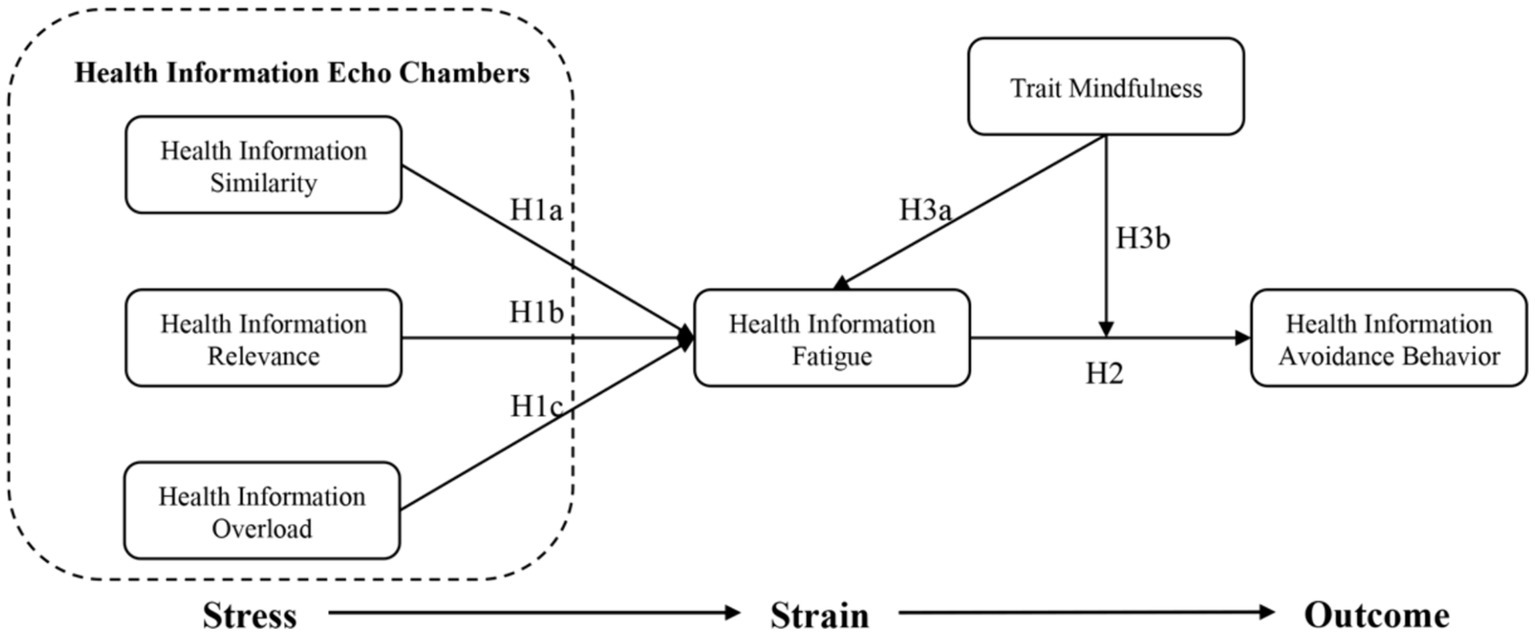
**The Science Behind “Behavioral Fatigue” During Pandemics: Distinguishing Fact from Fiction**
At the outset of the COVID-19 pandemic, numerous governments globally, including the UK, defended the postponement of stringent public health actions—such as lockdowns and social distancing—by referring to a concern about *”behavioral fatigue.”* This idea proposed that individuals would become “weary” of adhering to preventive actions, resulting in diminishing compliance as time progressed. However, this assertion generated significant controversy, exemplified by a prominent article in *The Guardian* in 2020, which contended that behavioral fatigue *”lacks a scientific foundation.”* But is this assertion accurate? Is behavioral fatigue a valid concern, or is it an inaccurately applied term for a far more intricate issue?
This examination investigates what scientific evidence reveals about behavioral modifications during pandemics, assessing insights from previous epidemics and evaluating whether the concept of “fatigue” has any scientific validity.
### What Is Behavioral Fatigue?
Prior to COVID-19, the phrase *”behavioral fatigue”* was rarely, if ever, referenced in discussions about public health. It surfaced as a convenient yet possibly misleading metaphor to characterize the potential decline in individuals’ adherence to disease control measures, such as hand hygiene and social distancing, over time.
In reality, the notion of fatigue, as presented by the UK government in early 2020, does not conform to established scientific definitions regarding public behavior during pandemics. Instead, public health professionals, psychologists, and scholars have extensively scrutinized how individuals respond to health emergencies, primarily focusing on *risk perception and behavioral adaptability*, rather than “fatigue.”
### Historical Context: Insights from Previous Epidemics
Pandemics have frequently afforded vital insights for behavior change research. The 2009 H1N1 pandemic, for instance, led to a variety of studies examining how the public reacts to recommended health practices.
1. **2009 H1N1 Pandemic (Hong Kong & Italy):**
– Research conducted in Italy indicated fluctuations in public compliance with hand hygiene and social distancing protocols as the H1N1 flu pandemic evolved. The initial surge in adherence to preventive measures appeared to decline as the outbreak escalated. Similar patterns were documented in Hong Kong, where public adherence to preventive behaviors varied alongside the pandemic’s progress.
2. **2006 Bird Flu Outbreak (Netherlands):**
– A distinctive study in the Netherlands during the avian influenza outbreak included seven follow-up surveys over time to monitor public adherence to preventive measures. Findings revealed a dynamic trend: individuals initially increased their protective behaviors, then exhibited a drop in compliance, followed by renewed efforts as the pandemic unfolded. This represented an early indication of cyclical public responses rather than an enduring *fatigue*.
### Does Risk Perception Impact Behavior?
Most scientific frameworks and models explaining shifts in compliance behavior during epidemics emphasize changes in **risk perception** as the principal motivator of behavior, rather than fatigue. A widely recognized model from the 1990s posits that when confronted with new, unsettling threats (such as pandemics), individuals tend to **overestimate the risks** linked to the crisis. As they acclimate to the “new normal,” they often begin to **underestimate the actual danger**, even as the real risk continues to rise.
This gap between **perceived** and **actual risk** can culminate in decreased adherence to preventive measures. Individuals may assume the peril has subsided when, in reality, the threat remains significant. This model is supported by decades of research, demonstrating consistent changes in behavior influenced by these perceptual patterns during the 2009 flu pandemic, the 2006 bird flu outbreak, and even the notorious 1918 Spanish flu pandemic.
### Fluctuating Compliance: A Recognizable Pattern?
Notably, multiple studies indicate that pandemics frequently unfold in **waves**, with one hypothesis suggesting that this pattern may be partially driven by behavioral variability. Individuals might heighten their precautions at the start of an outbreak, but as complacency takes hold, **behavioral lapses** could trigger subsequent infection waves.
For instance, mathematical models derived from a 1918 flu study indicated that declines in adherence to practices such as mask-wearing, social distancing, and sanitization could directly account for the resurgence of infection waves.
### No Universal Trend: Some Maintain Behavioral Compliance
While certain studies do reveal a decrease in specific preventive behaviors over time, it is essential to recognize that behavioral fatigue is *not a certainty*. Several studies have documented stable or even increasing compliance with public health measures throughout the epidemic’s duration.
1. **Stable Compliance (The Netherlands):**
– A study during the 2010 flu season in the Netherlands indicated a **steady increase** in